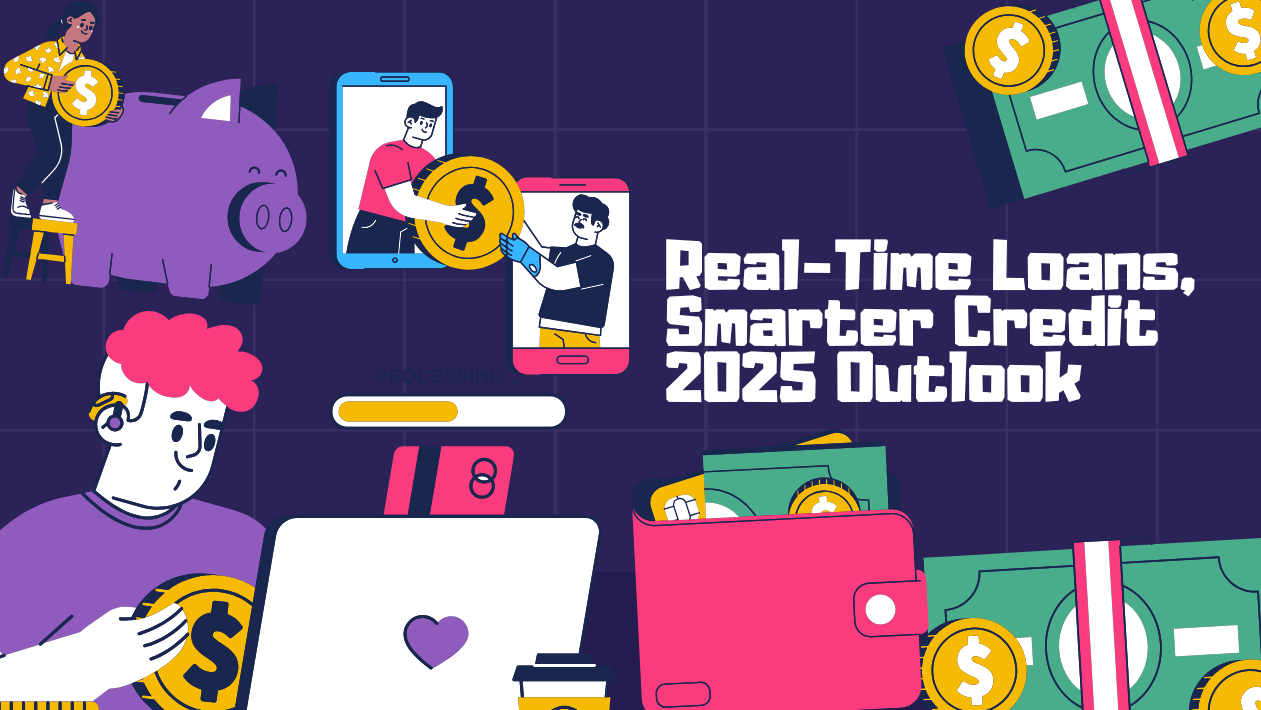In 2025, the Insurtech industry is witnessing an unprecedented transformation driven by artificial intelligence, real-time data, and consumer-centric digital platforms. From automated claims processing to embedded insurance in everyday purchases, technology is radically redefining how insurance is bought, sold, and experienced.
According to a new report from Accenture, the global Insurtech market is expected to surpass $250 billion USD by 2028, with emerging markets and micro-insurance leading much of the growth.
AI and Machine Learning Power Smart Underwriting and Claims
Artificial Intelligence is now at the core of most Insurtech platforms. Modern systems can process and approve claims in seconds using machine learning, while predictive analytics improves risk assessment and fraud detection.
“Customers no longer want to wait days for claim decisions,” says Neha Rao, CTO at a leading Insurtech startup. “AI helps us offer instant responses, personalized pricing, and proactive support.”
Embedded Insurance Gains Ground Across Industries
A major shift in 2025 is the rise of embedded insurance—coverage offered seamlessly within other services or products. For example, travelers booking flights are automatically offered flight delay insurance, while ride-hailing and e-commerce platforms include short-term coverage at checkout.
This frictionless experience is driving mass adoption, especially among Gen Z and millennial consumers who expect instant, invisible protection.
On-Demand and Micro-Insurance Models Flourish
The “pay-as-you-need” model is gaining traction, with on-demand insurance offerings for gig workers, freelancers, and travelers. Customers can now purchase insurance for a single trip, work shift, or specific time frame, directly from their smartphones.
This flexible model is particularly popular in emerging markets where affordability and accessibility are key concerns.
Blockchain Brings Transparency and Trust
Blockchain technology is being used for smart contracts, automated policy issuance, and tamper-proof claims histories. Decentralized systems are helping insurers and customers track policy data securely, reduce disputes, and improve cross-border collaboration.
IoT and Wearables Enable Usage-Based Insurance (UBI)
With the help of Internet of Things (IoT) devices and wearables, insurers can now offer usage-based auto and health insurance. For example, safe driving habits or fitness levels directly impact policy pricing, offering consumers incentives to lead healthier, safer lives.
Challenges: Data Privacy, Regulatory Compliance, and Tech Adoption
Despite rapid progress, the industry faces hurdles such as data protection concerns, the need for cross-border regulatory alignment, and digital literacy gaps in underserved regions. Experts stress the importance of ethical AI and consumer data rights as tech becomes more deeply embedded in insurance systems.
The Road Ahead: Personalized, Predictive, and Digital-First Insurance
As the Insurtech sector evolves, the focus will be on personalization, real-time coverage, and AI-driven customer service. The future of insurance is digital, data-driven, and deeply embedded in daily life—far beyond what traditional models ever imagined.





